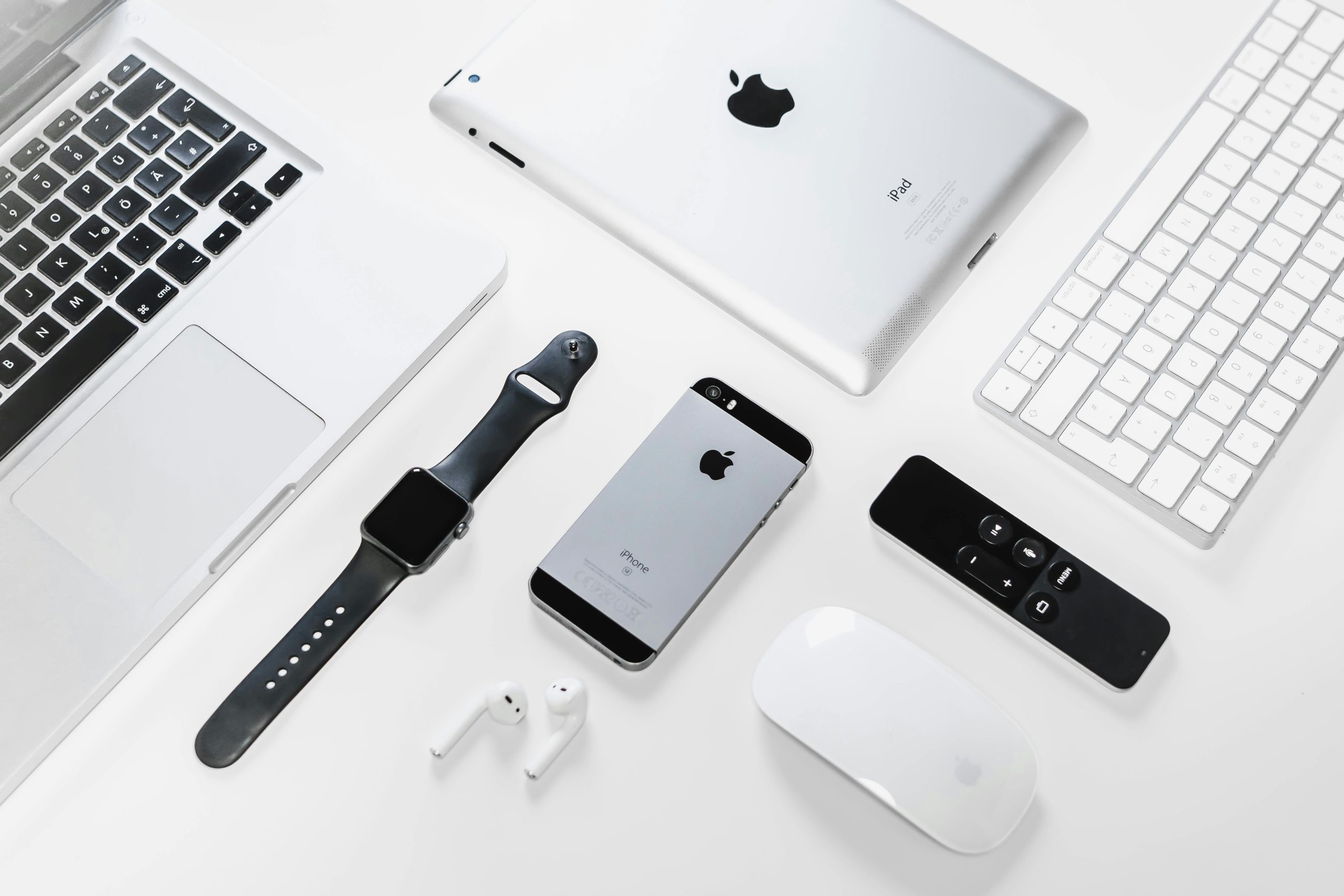How to Open iTunes on a Mac: A Comprehensive Guide

itunes, a cornerstone application for managing music, movies, TV shows, podcasts, and more on Apple devices, has undergone significant changes in recent years, particularly with the introduction of macOS Catalina and later versions. While the standalone iTunes application has been replaced by separate Music, TV, and Podcasts apps on newer macOS versions, understanding how to access and utilize these functionalities remains crucial for Mac users. This guide provides a comprehensive, step-by-step approach to opening and using the modern equivalents of iTunes on your Mac, ensuring you can continue to enjoy your digital media library.
Understanding the Evolution of iTunes on macOS
For many years, iTunes served as the central hub for all Apple media management. However, with the release of macOS catalina in October 2019, Apple began to phase out the monolithic iTunes application. This strategic shift aimed to provide a more streamlined and focused user experience by separating the various functions of iTunes into dedicated applications.
Key Changes Introduced with macOS Catalina and Beyond:
- Music App: Replaced the music management features of iTunes. This app allows users to organize, play, and sync their music library, including Apple Music subscriptions.
- TV App: Took over the movie and TV show management aspects. Users can watch purchased or rented content, subscribe to Apple TV channels, and access Apple TV+.
- Podcasts App: Dedicated to browsing, subscribing to, and listening to podcasts, mirroring the functionality previously found within iTunes.
- Books App: For managing and reading audiobooks and ebooks.
- Finder: Now handles device syncing and management for iPhones, iPads, and iPods. When you connect your device to your Mac, its management interface appears within the Finder window, similar to how other external drives are managed.
This transition means that if you are running macOS Catalina (10.15) or a later version, you will not find a single application named “iTunes.” Instead, you will interact with these new, specialized applications.
How to Open the Music App (iTunes’ Music Functionality)
The Music app is the primary successor to iTunes for managing your music library. Here’s how to open it:
Method 1: Using the Dock
- Locate the Music App Icon: Look for an icon that resembles a musical note, typically colored in shades of purple and pink. It is usually located in the Dock at the bottom or side of your screen.
- Click to Open: Simply click on the Music app icon. The application will launch, displaying your music library, playlists, and Apple Music features if you are subscribed.
Method 2: Using Spotlight Search
- Activate Spotlight: Press Command (⌘) + Space bar simultaneously. This will bring up the Spotlight search bar.
- Type “Music”: Begin typing “Music” into the search bar.
- Select and Open: As you type, “Music” will appear in the search results. Use the arrow keys to highlight it, or click on it with your mouse, and then press Enter or Return. The Music app will open.
Method 3: Using the Applications Folder
- Open Finder: Click on the Finder icon in your Dock (it looks like a blue and white smiley face).
- Navigate to Applications: In the Finder sidebar, click on “Applications.”
- Locate and Double-Click Music: Scroll through the list of applications until you find “Music.” Double-click the Music app icon to open it.
How to Open the TV App (iTunes’ Video Functionality)
The TV app consolidates your movies, TV shows, and Apple TV+ content. Here’s how to access it:
Method 1: Using the Dock
- Locate the TV App Icon: The TV app icon typically features a television screen, often in shades of blue and white. It is usually found in the Dock.
- Click to Open: Click on the TV app icon to launch it. You will see sections for your library, the Apple TV channel, and purchased or rented content.
Method 2: Using Spotlight Search
- Activate Spotlight: Press Command (⌘) + Space bar.
- Type “TV”: Type “TV” into the Spotlight search bar.
- Select and Open: Highlight the “TV” app in the search results and press Enter or Return.
Method 3: Using the Applications Folder
- Open Finder: Click the Finder icon in the Dock.
- Navigate to Applications: Select “Applications” from the Finder sidebar.
- Locate and Double-Click TV: Find the “TV” application icon and double-click it to open.
How to Open the Podcasts App
For podcast enthusiasts, the Podcasts app offers a dedicated experience:
Method 1: Using the Dock
- Locate the Podcasts App Icon: The Podcasts app icon usually depicts a microphone or sound waves, often in a purple hue. It should be in your Dock.
- Click to Open: Click the Podcasts app icon to launch it and access your subscribed podcasts, trending shows, and search functionality.
Method 2: Using Spotlight Search
- Activate Spotlight: Press Command (⌘) + Space bar.
- Type “Podcasts”: Type “Podcasts” into the search bar.
- Select and Open: Highlight the “Podcasts” app in the results and press Enter or Return.
Method 3: Using the Applications Folder
- Open Finder: Click the Finder icon.
- Navigate to Applications: Select “Applications” from the sidebar.
- Locate and Double-Click Podcasts: Find and double-click the “Podcasts” application icon.
Managing and Syncing Devices with Finder
The way you manage and sync your iPhone, iPad, or iPod touch with your Mac has also changed. Instead of iTunes, you now use Finder:
Connecting Your Device:
- Connect via USB: Use a USB cable to connect your iPhone, iPad, or iPod touch to your Mac.
- Trust the Computer: If prompted on your device, tap “Trust” and enter your passcode to allow your Mac to access it.
- Open Finder: Click the Finder icon in your Dock.
- Locate Your Device: Your connected device will appear in the Finder sidebar under the “Locations” section. Click on your device’s name.
Managing Your Device in Finder:
- General Tab: Here you can see information about your device, back it up, restore it, and manage software updates.
- Music Tab: Sync your music library to your device. You can choose to sync your entire library or selected playlists, artists, albums, and genres.
- Movies, TV Shows, Photos, Files, etc.: Similar tabs allow you to manage other types of content, including syncing photos, videos, and documents.
- Syncing Process: To sync content, select the desired categories, make your choices, and then click the “Apply” or “Sync” button, usually located in the bottom right corner of the Finder window.
This new system in Finder provides a more integrated experience with the macOS operating system, aligning device management with the overall file and application management within the Mac environment.
Accessing Older Versions of iTunes (If Necessary)
If you are using an older version of macOS (prior to Catalina) or have a specific need to use the original iTunes application, you can still find and open it:
For macOS Mojave (10.14) and Earlier:
- Locate iTunes in Applications: Open Finder, navigate to the “Applications” folder, and find the “iTunes” application.
- Double-Click to Open: Double-click the iTunes icon to launch the application.. Find out more about discover replacement.
- Using Spotlight: Alternatively, use Spotlight search (Command + Space bar), type “iTunes,” and press Enter.
It’s important to note that Apple no longer provides updates for the standalone iTunes application on newer macOS versions. Therefore, for the most secure and feature-rich experience on modern Macs, it is recommended to use the dedicated Music, TV, and Podcasts apps.
Troubleshooting Common Issues
Occasionally, you might encounter issues when trying to open or use these applications. Here are some common problems and their solutions:
Application Not Responding or Crashing:
- Force Quit: Press Command (⌘) + Option (⌥) + Esc to open the Force Quit Applications window. Select the unresponsive app (Music, TV, or Podcasts) and click “Force Quit.” Then, try reopening the app.
- Restart Your Mac: A simple restart can often resolve temporary software glitches. Click the Apple menu () in the top-left corner and select “Restart.”
- Check for Software Updates: Ensure your macOS is up to date. Go to System Settings (or System Preferences) > General > Software Update. Updates often include bug fixes for built-in applications.
- Reinstall the App (Advanced): In rare cases, the application itself might be corrupted. This is more complex on macOS as these are system applications. A more drastic step might involve reinstalling macOS, but this should be a last resort.
Library Not Loading or Syncing Issues:
- Verify Apple ID: Ensure you are signed in to the correct Apple ID in the respective app (Music, TV) and that your subscription (if applicable) is active.
- Check Internet Connection: Streaming and syncing rely on a stable internet connection.
- Restart the App and Mac: As mentioned above, restarting can help.
- Check iCloud Music Library/iCloud Photos: If you use iCloud features, ensure they are enabled and syncing correctly in System Settings.
Device Not Appearing in Finder:
- Check USB Cable and Port: Try a different USB cable and a different USB port on your Mac.
- Unlock Your Device: Ensure your iPhone or iPad is unlocked when you connect it.
- Trust Prompt: Make sure you tapped “Trust” on your device when prompted. If you accidentally tapped “Don’t Trust,” you can reset your Location & Privacy settings in System Settings > General > Transfer or Reset > Reset > Reset Location & Privacy.
- Update Device Software: Ensure your iPhone or iPad is running the latest version of iOS or iPadOS.
Conclusion
While the iconic “iTunes” application is no longer the central media manager on modern Macs, its functionalities have been intelligently distributed among dedicated apps like Music, TV, and Podcasts. By understanding these changes and knowing how to open and utilize these new applications, Mac users can continue to seamlessly manage their digital libraries, enjoy their entertainment content, and sync their devices. The transition to a more modular system reflects Apple’s commitment to providing a refined and user-friendly experience across its ecosystem. Remember to keep your macOS and device software updated to ensure the best performance and access to the latest features.










